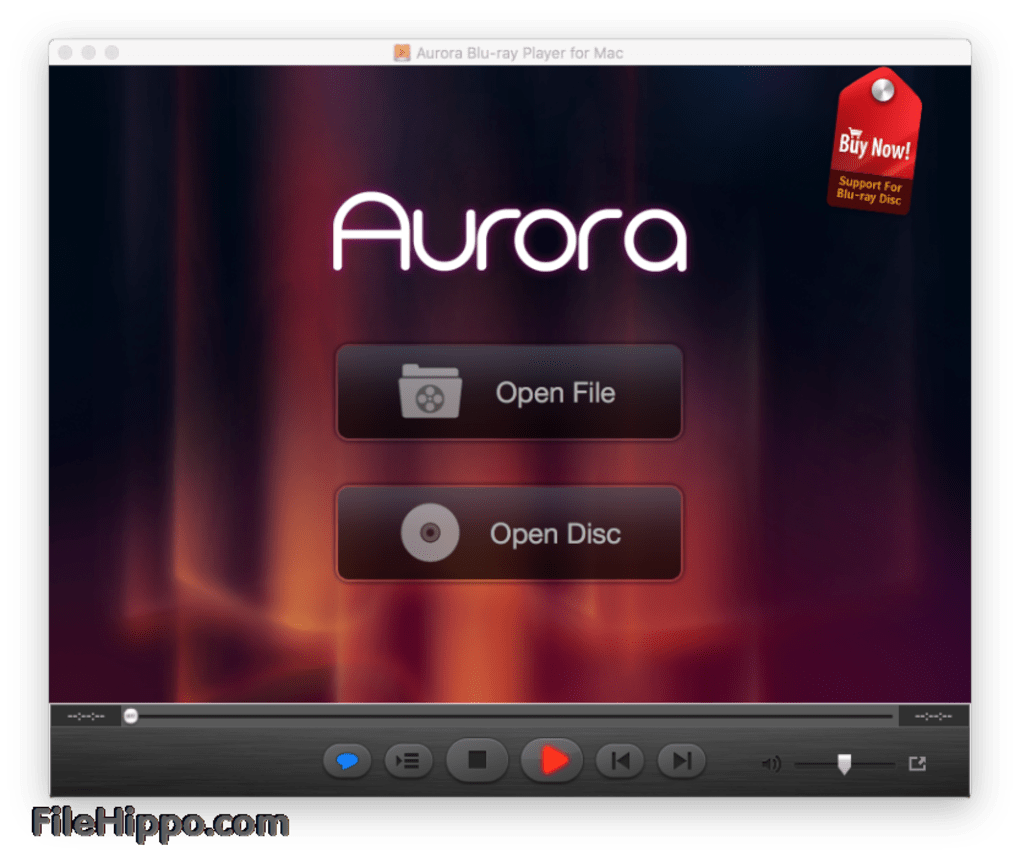


The build is as solid as it gets in the earphone game.
BEST INTERLACE FOR AURORA PLAYER DRIVER
Clarity, detail and a tighter response which gives the earphone that uses this driver an advantage in technicalities. Titanium dynamics gives credence to bass its texture and helps with detail for a given earphone or headphone with increased speed properties to the diaphragm. I am very familiar with Titanium coated dynamics as I own at least a dozen earphones and a headphone that uses it. So while it isn’t something that is completely new or even cutting edge for dynamics, it is the idea behind the dynamic driver in the Aurora with a stronger lighter more agile diaphragm for sound that propels the Aurora to a nice level of sonics. This means that the diaphragm in titanium driver earbuds is stiff and strong to resonate high-fidelity, clear sound and high quality throughout the audio spectrum, and at the same time light and precise enough to ensure super fast response times and the accurate reproduction of sounds.”
BEST INTERLACE FOR AURORA PLAYER DRIVERS
It is applied to earbud drivers to make sure they are as light and strong as possible. Titanium has the highest strength to weight ratio of any metal. Wordsworth’s The Prelude (1850)-a text often paired with Aurora Leigh as the other major autobiographical epic published in the 1850s.“ Titanium is a transition metal of silver color with low density, and high strength. 6 The “breath” of creative inspiration-whether taking the form of Shelley’s west wind or the breeze caressing Coleridge’s Eolian harp-crops up so frequently that the metaphor seems ironically uninspired. Abrams words, “thoroughly ventilated” with figural respiration. The verses of the Romantics, some of EBB’s most recent predecessors, are, in M. Instead, poetic development in Aurora Leigh moves from breath controlled (by Aurora’s “pipers,” or poetic forefathers) to breath shared-a model of poetic utterance that works in unified collaboration with others.ĮBB’s imagery of shared breath and collaborative poetic utterance both builds on and amends figures of breath in the patriarchal canon, the canon of “best poets” that both inspire and control Aurora’s poetry.

As Flint argues, EBB, like many Victorian poetesses, employed her verses to speak through one or multiple others, to explore identity as “dispersed and diffuse.” 5 The development of an ideal poetic voice, then, is not a movement from breath to song. Breath-a force seemingly both interior and exterior, both of and outside the body, both inhaled and expelled-proves suspect the myth that poetry, art, and genius erupt from the interiority of a sole, enlightened subject.ĮBB’s breath imagery, then, participates in what Kate Flint has identified as Victorian women poets’ resistance to the singular, patriarchal subjectivity of male authorship. EBB employs respiration-the origin of literal utterance-to depict the complexity, difficulty, and beauty of artistic creation at all stages of a poet’s development. Yet, in Aurora Leigh, breath serves as more than a mere halfway point in Aurora’s poetic vocation. 4 Steve Dillon, for example, has suggested that EBB uses breath to convey a poetic utterance more “soulful and attentive” than shrieks or cries but “still below the stars of song” (p. Her figures of respiration are not, then, as previous critics have suggested, a metaphor for flawed, undeveloped poetry-an intermediate utterance in the poet’s development toward ideal, actualized poetic voice. She wonders, after contemplating the pipers that “play on” her, “Is the music mine” (1.892)? Throughout the epic, EBB depicts Aurora’s breath, as well as her poetry, as not entirely her own-as shared, both unwillingly and willingly, with others. EBB, like so many “best poets” before her, puns on figures of respiration-“aspiration” and “inspiration”-to interrogate issues of artistic ambition and creative agency.ĮBB’s Aurora, however, can rarely breathe easy her poetic “inspiration” often feels forced, false, or-like Dr. Elliotson, functioning as the external power that “touches the stops” and blows into the artist-as-instrument, that “inspires” her music. Here, Aurora’s “pipers”-the (notably patriarchal) poetic canon-take the place of the mesmerist Dr.


 0 kommentar(er)
0 kommentar(er)
